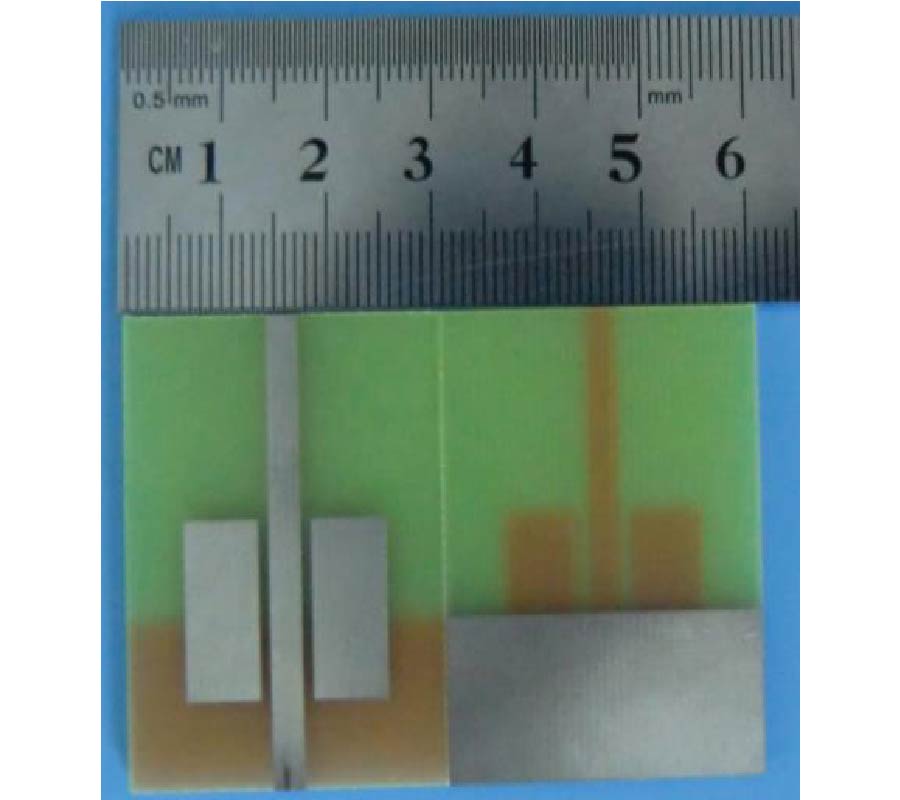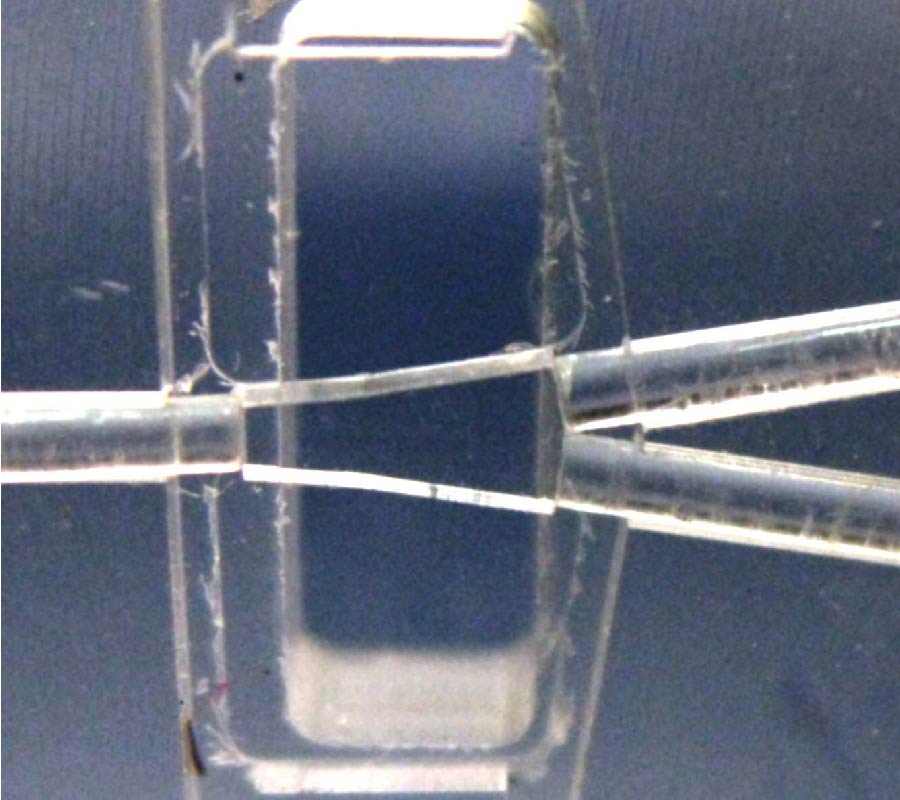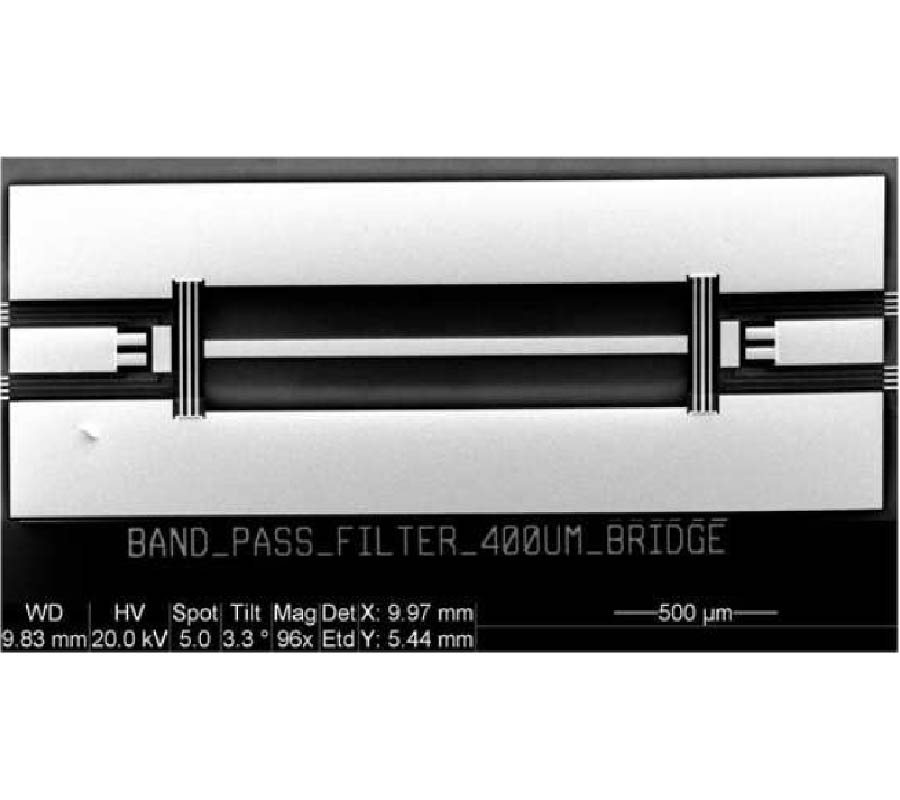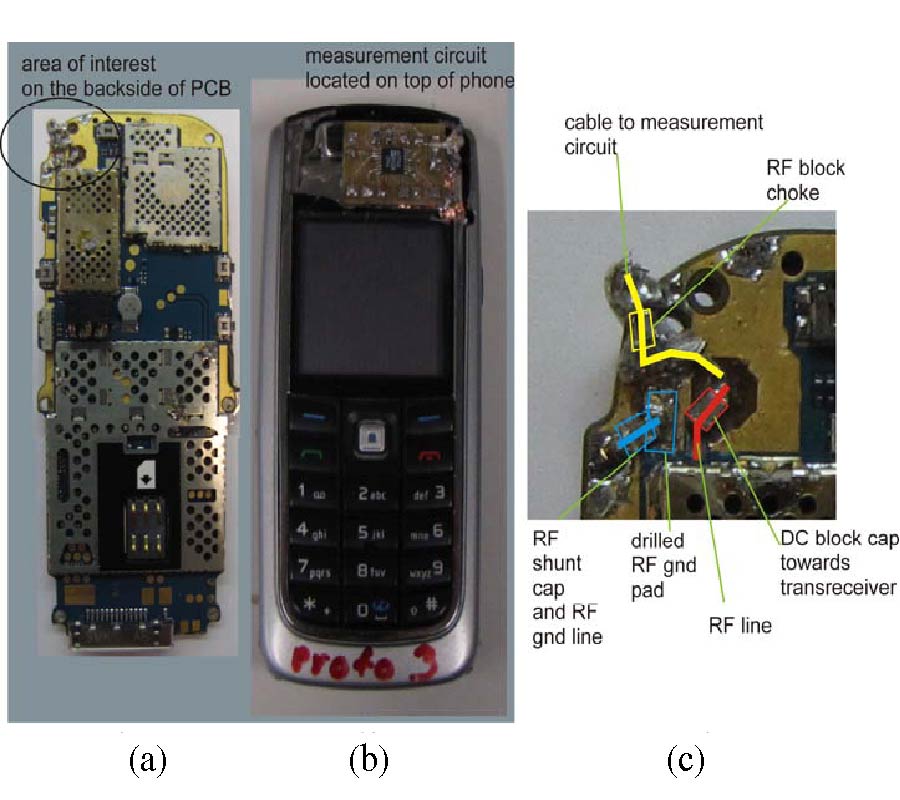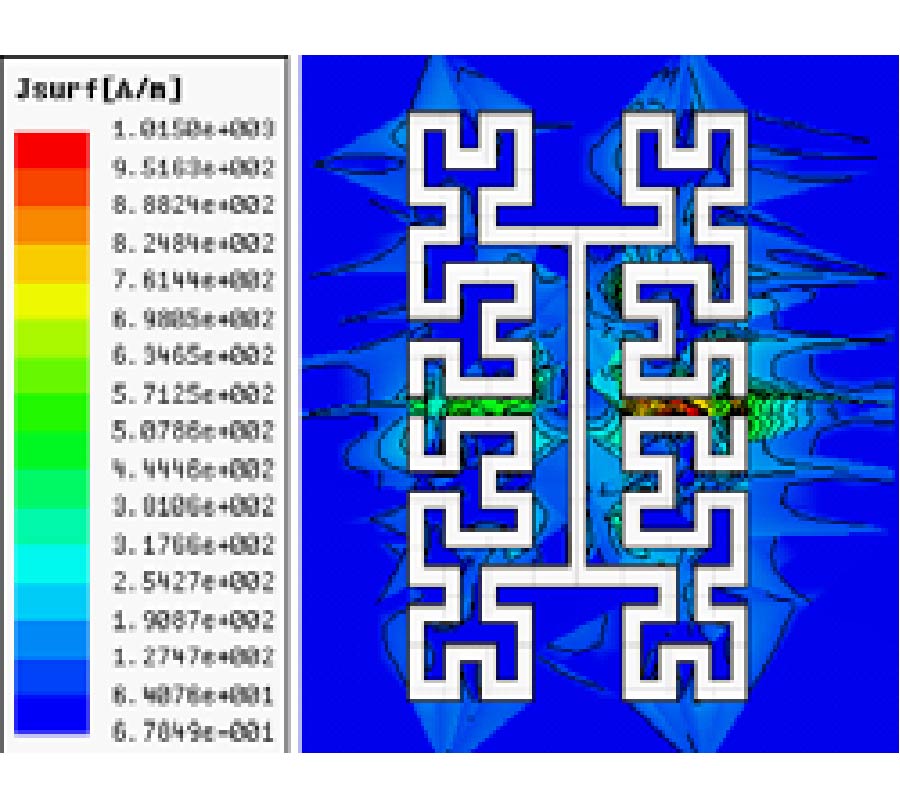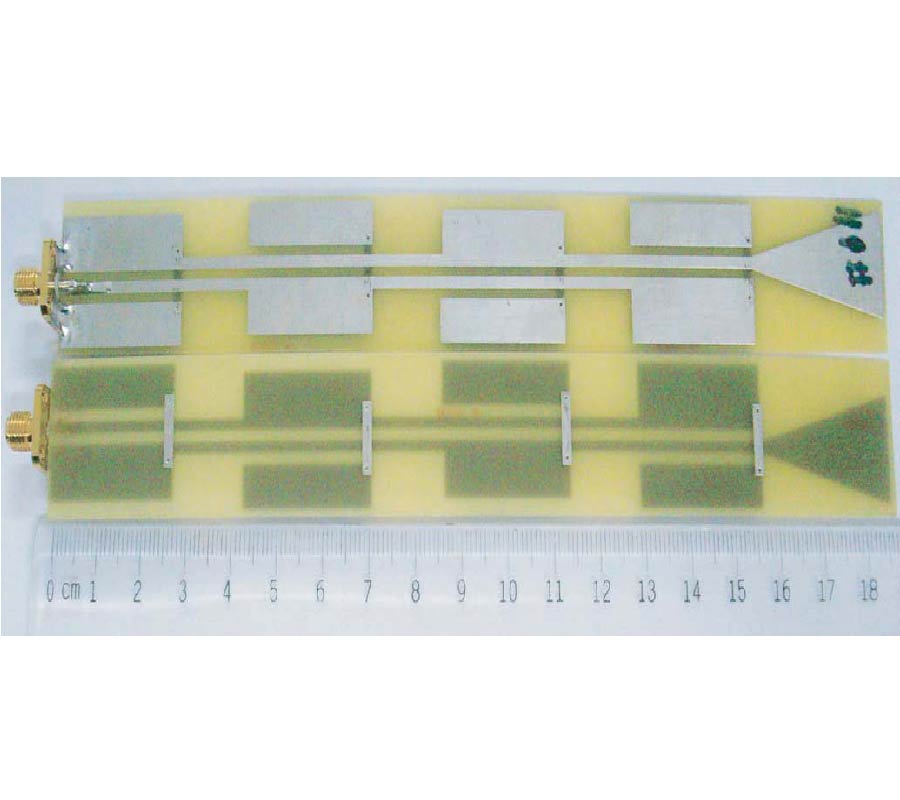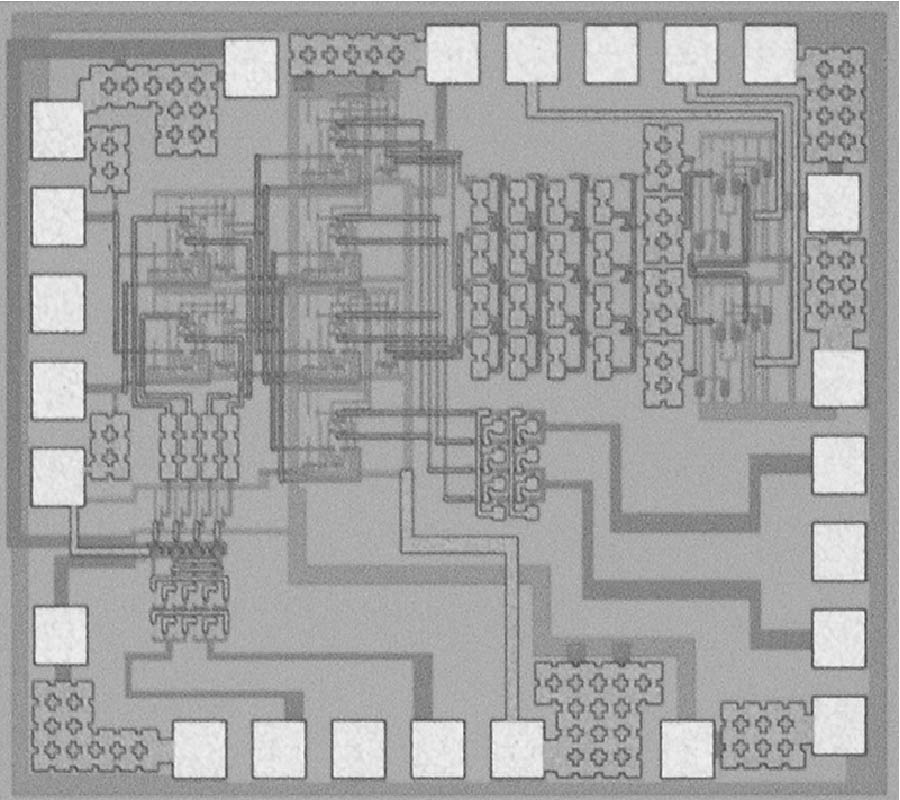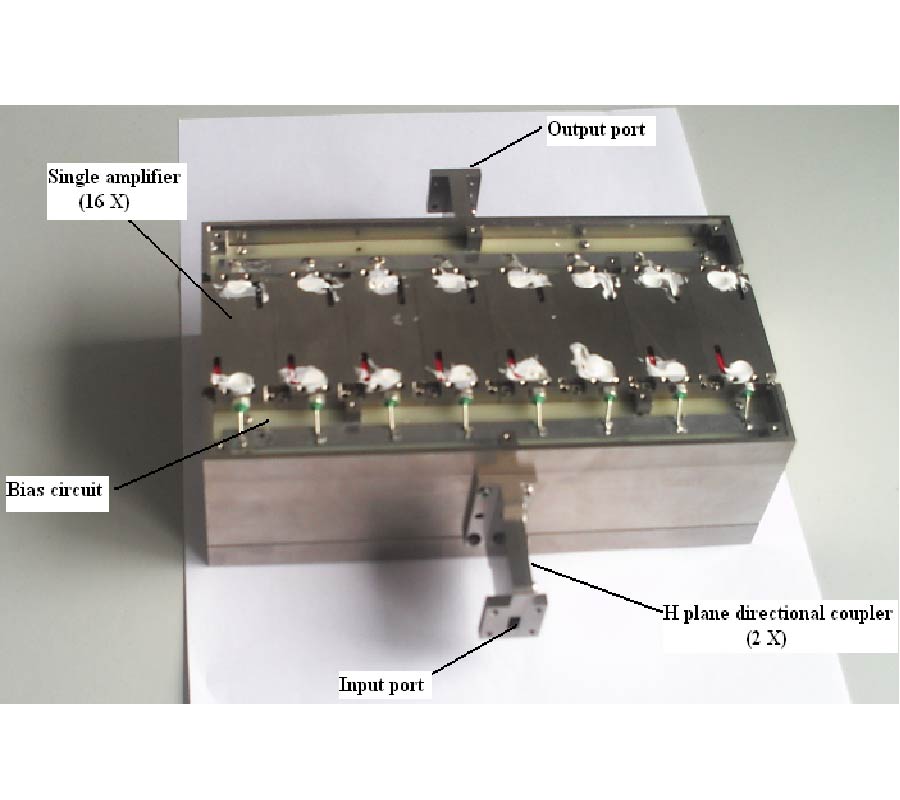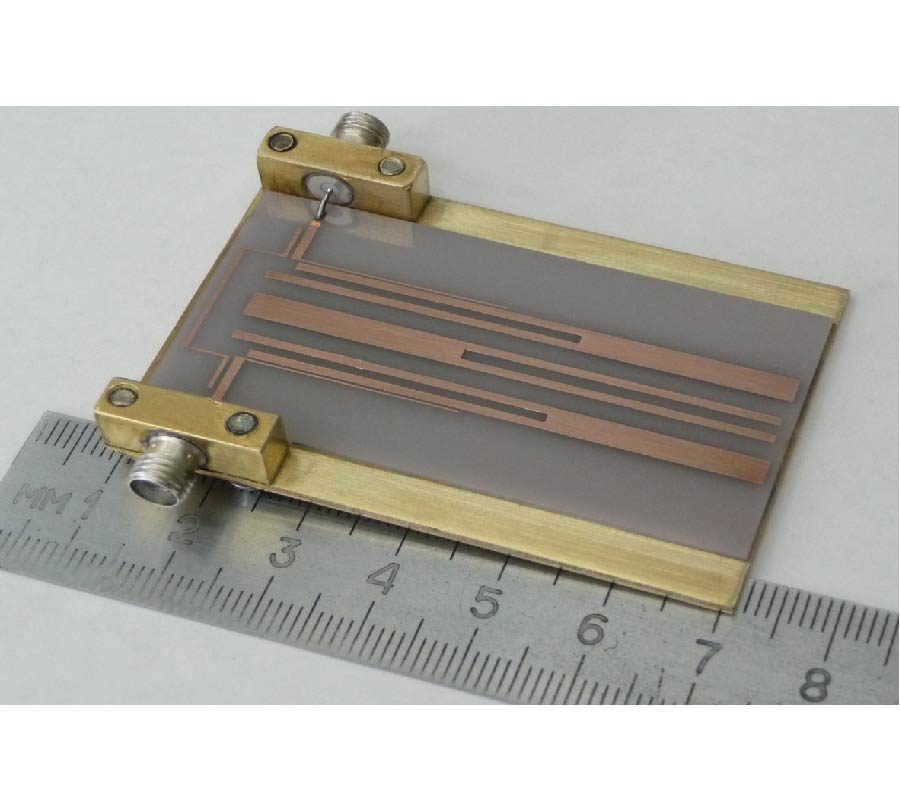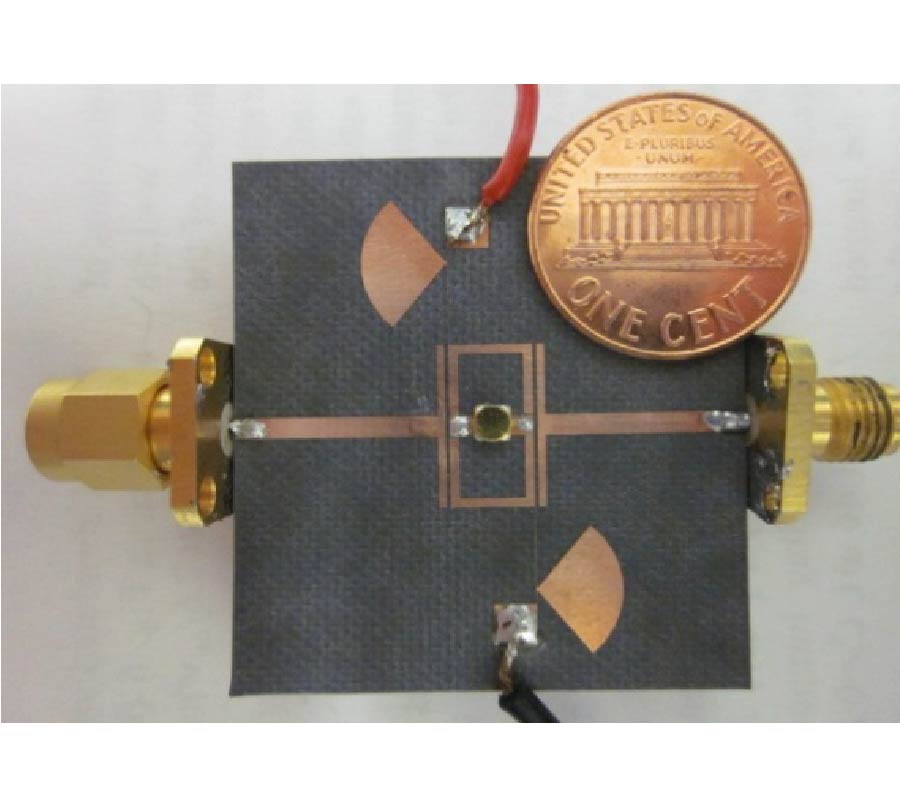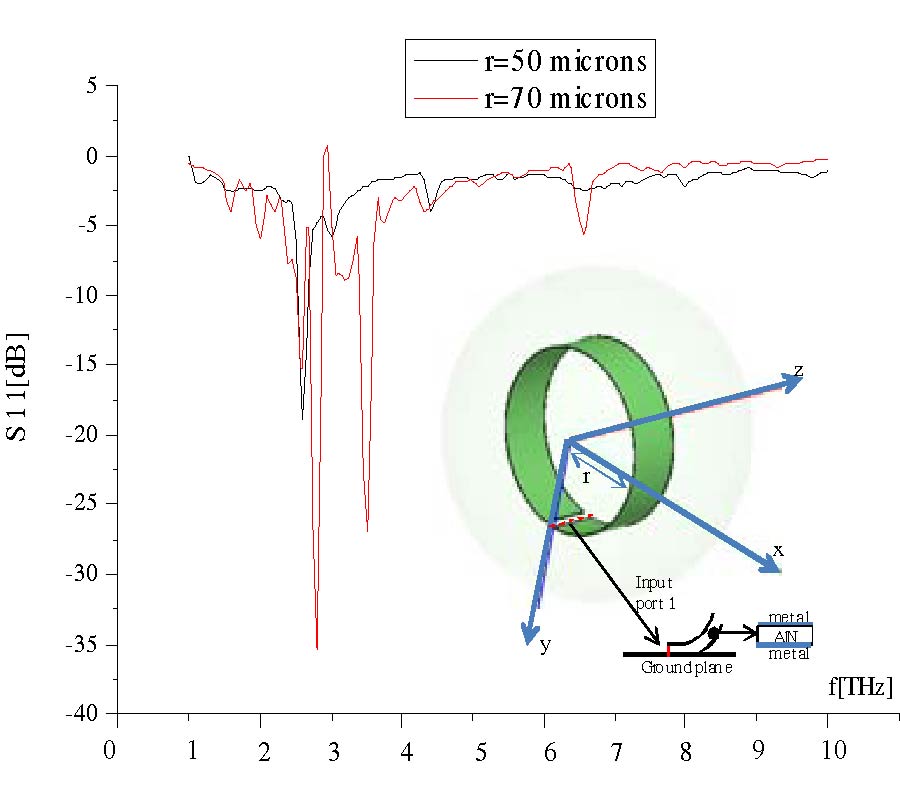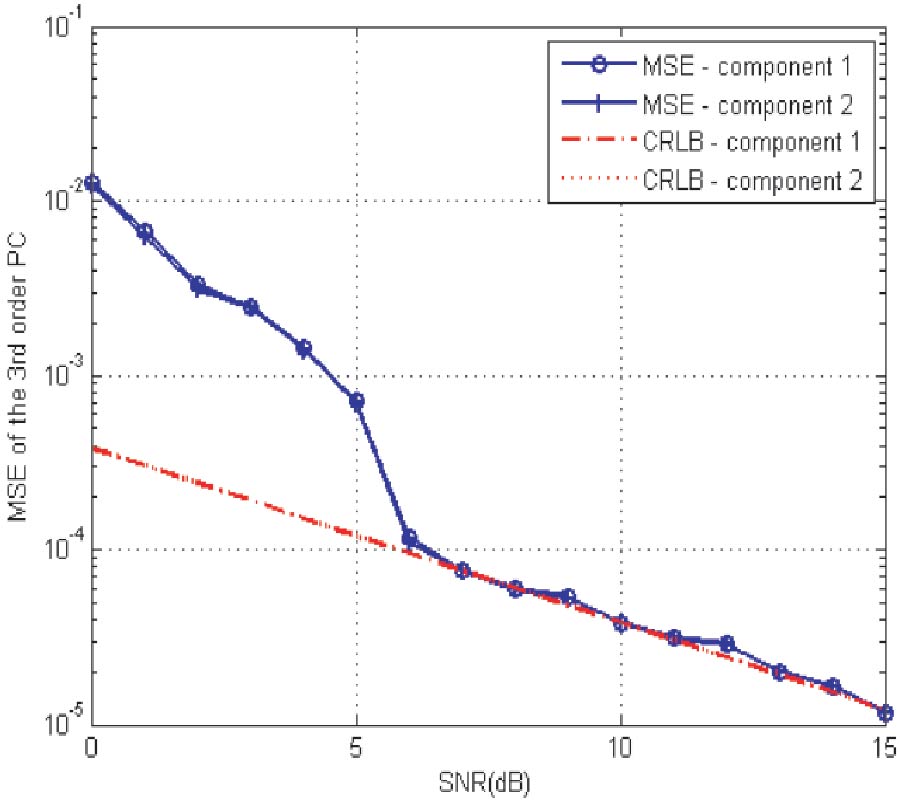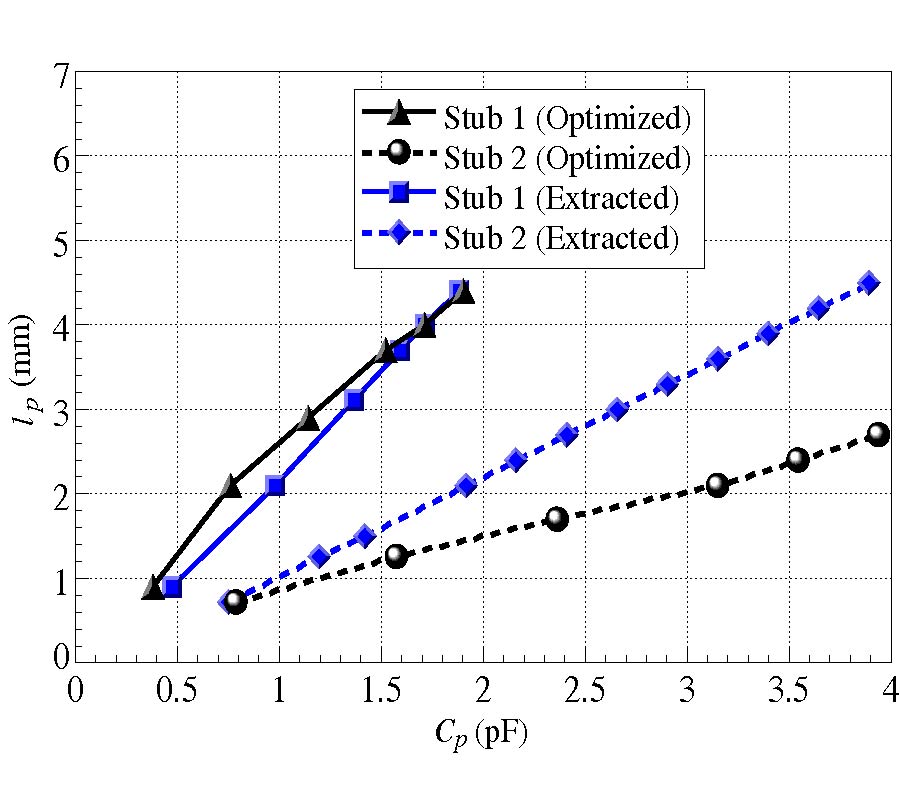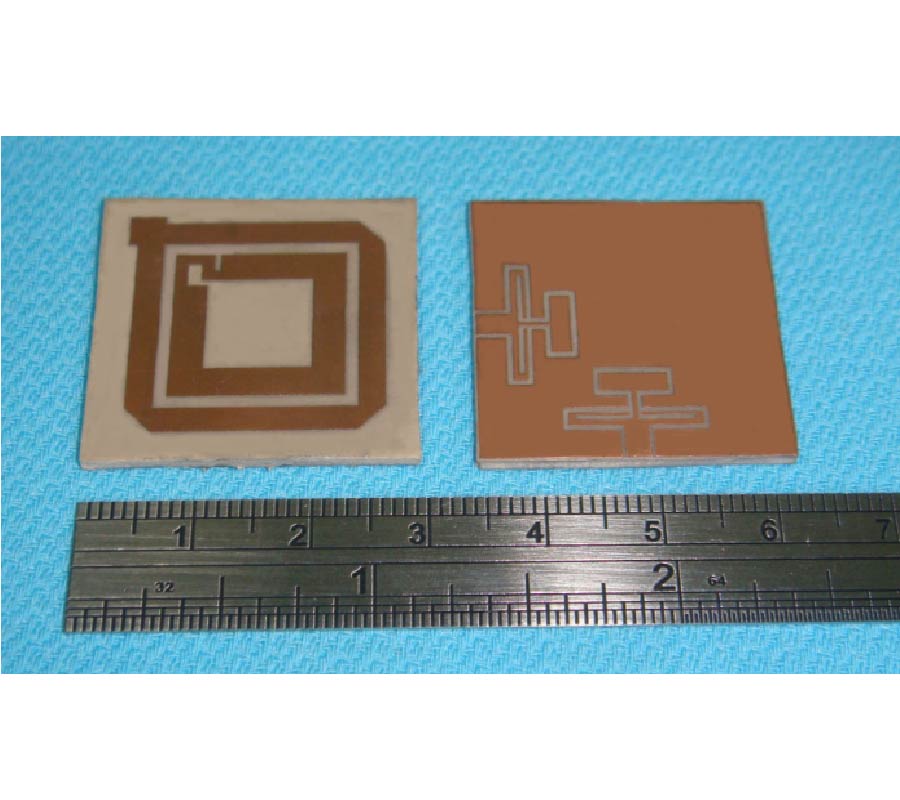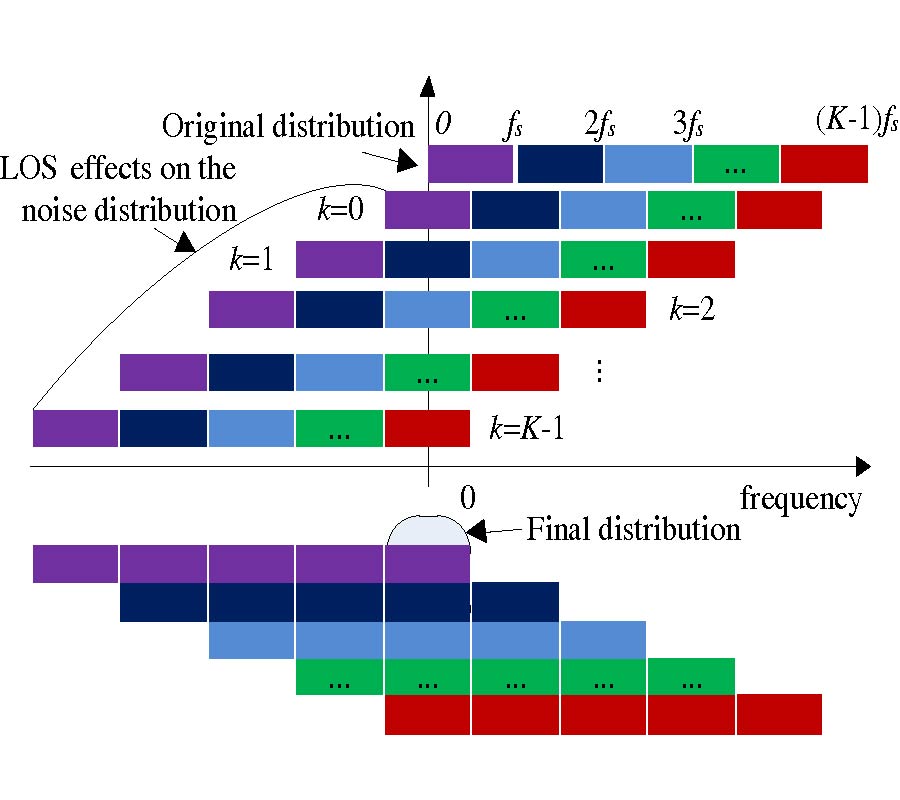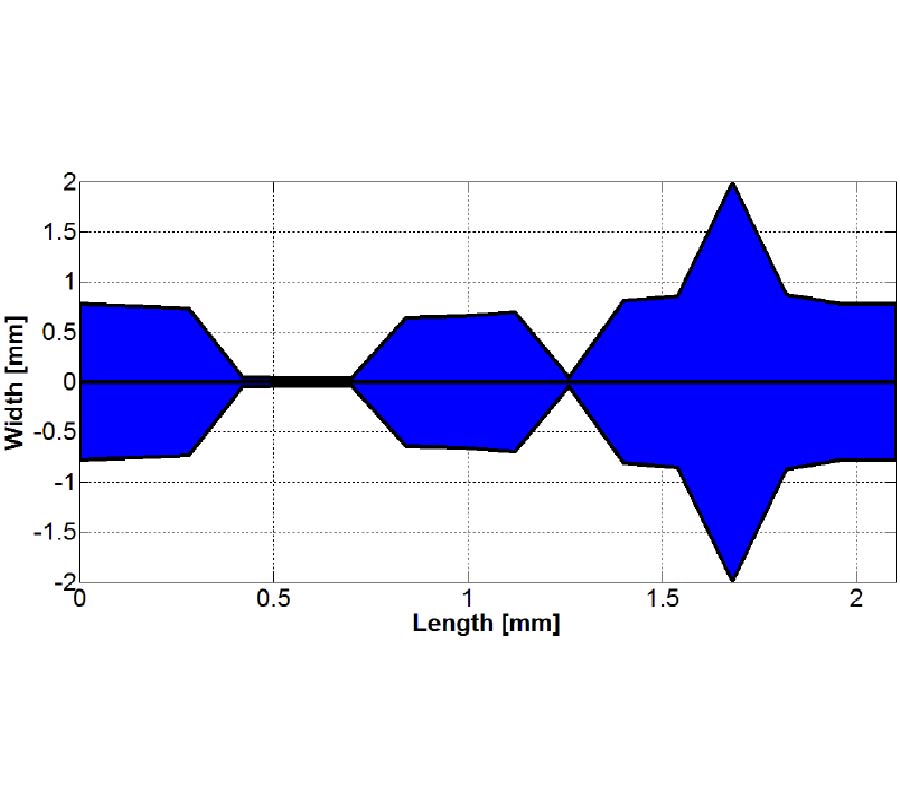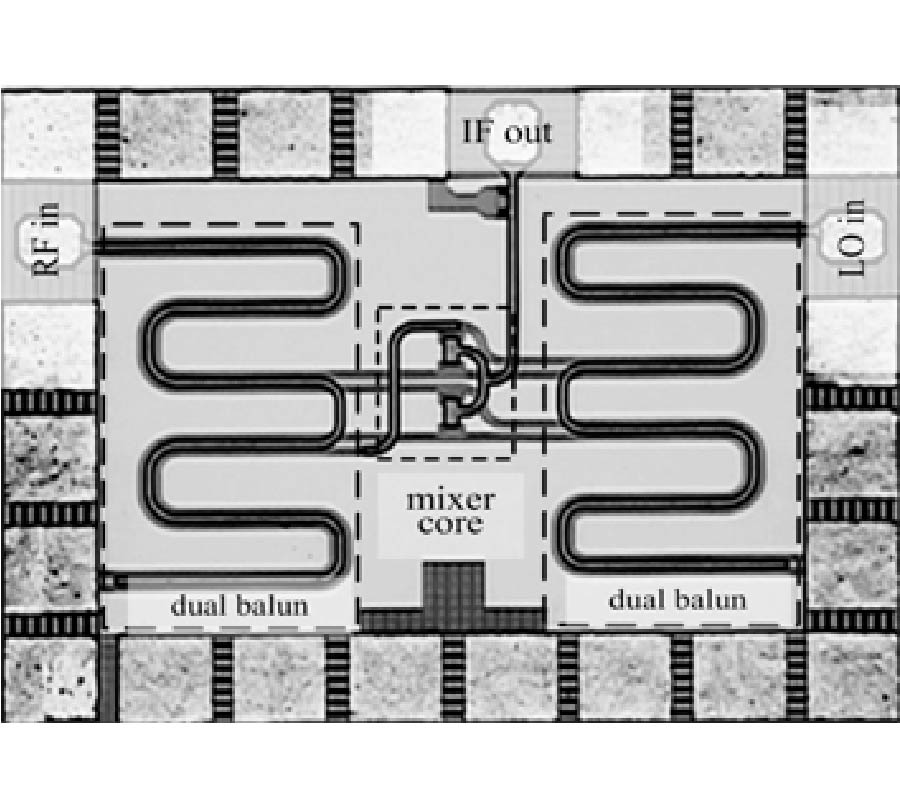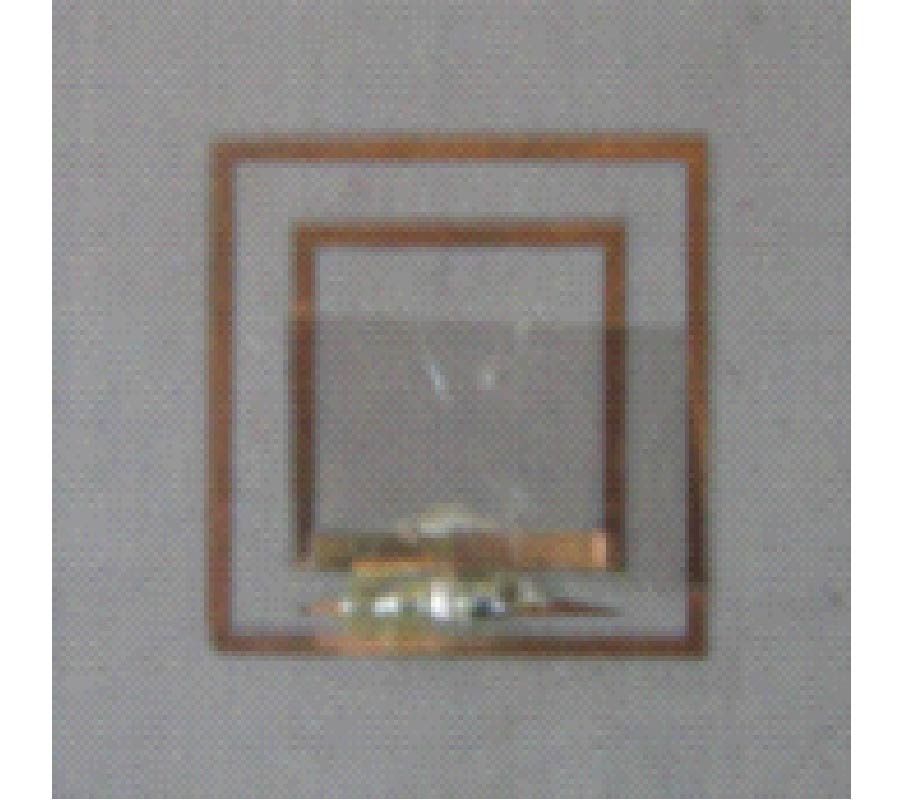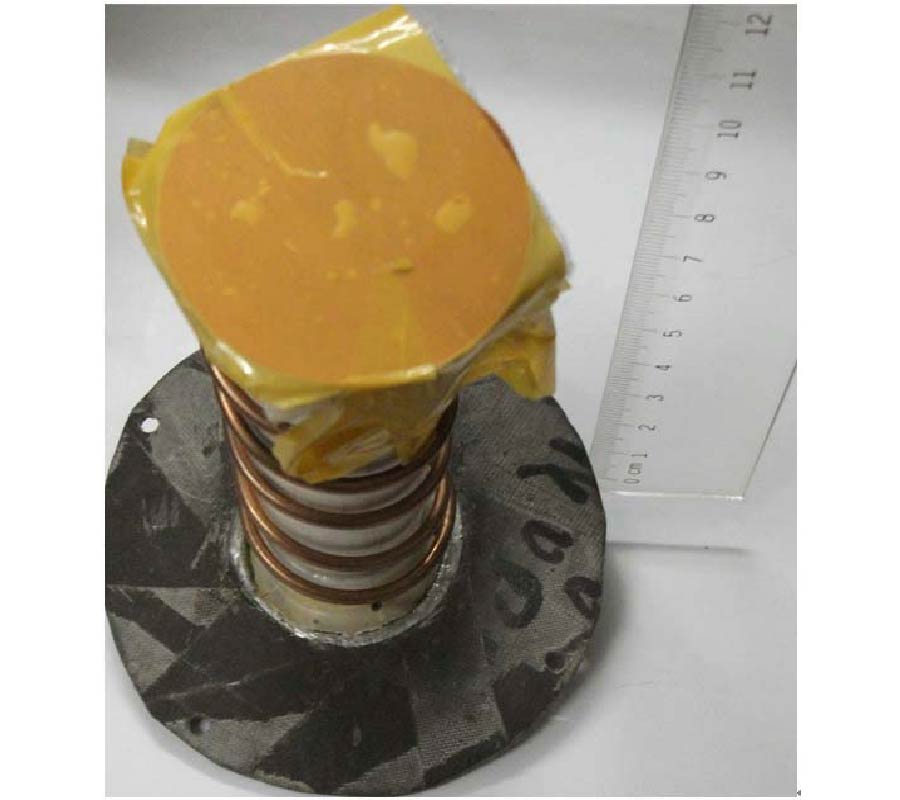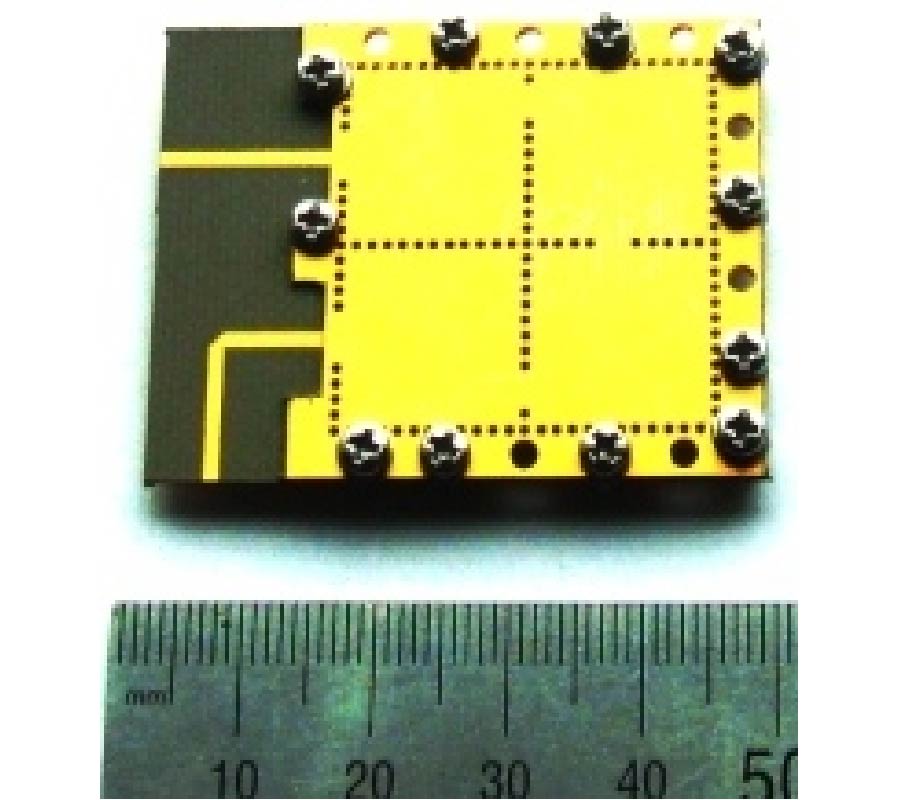Design of Novel CPW Cross-Fed Antenna
Shu Lin,
Guan-Long Huang,
Run-Nan Cai,
Xue-Ying Zhang and
Xing-Qi Zhang
A novel coplannar waveguide (CPW) cross-fed antenna which is wideband, high-gain and omnidirectional is proposed. After simulating the antenna model by CST MICROWAVE STUDIO®, the results show that this antenna not only has compact size, but also can effectively broaden operating band, improve gain and remain omnidirectional. In addition, adjusting antenna elements' dimension and spacing can control the central frequency position of operating band and bandwidth. The simulated results of antenna surface currents can be used to explain the reason of antenna possessing broadband and omnidirectional high-gain characteristics. A CPW cross-fed antenna operating at 2.4 GHz is designed and manufactured for measurement. The prototype is printed on a FR-4 epoxy resin board with 1 mm thickness. The experimental results indicate that the operating band is 2.35-2.85 GHz with reflection coefficient less than -10 dB (relative bandwidth 19.2%), and maximum gain in H-plane can achieve 5.2 dBi. Measured results well match the simulated ones. Moreover, the total antenna size is 187 mm × 22.5 mm (1.5λ×0.18λ), which can make it suitable in WLAN systems.
